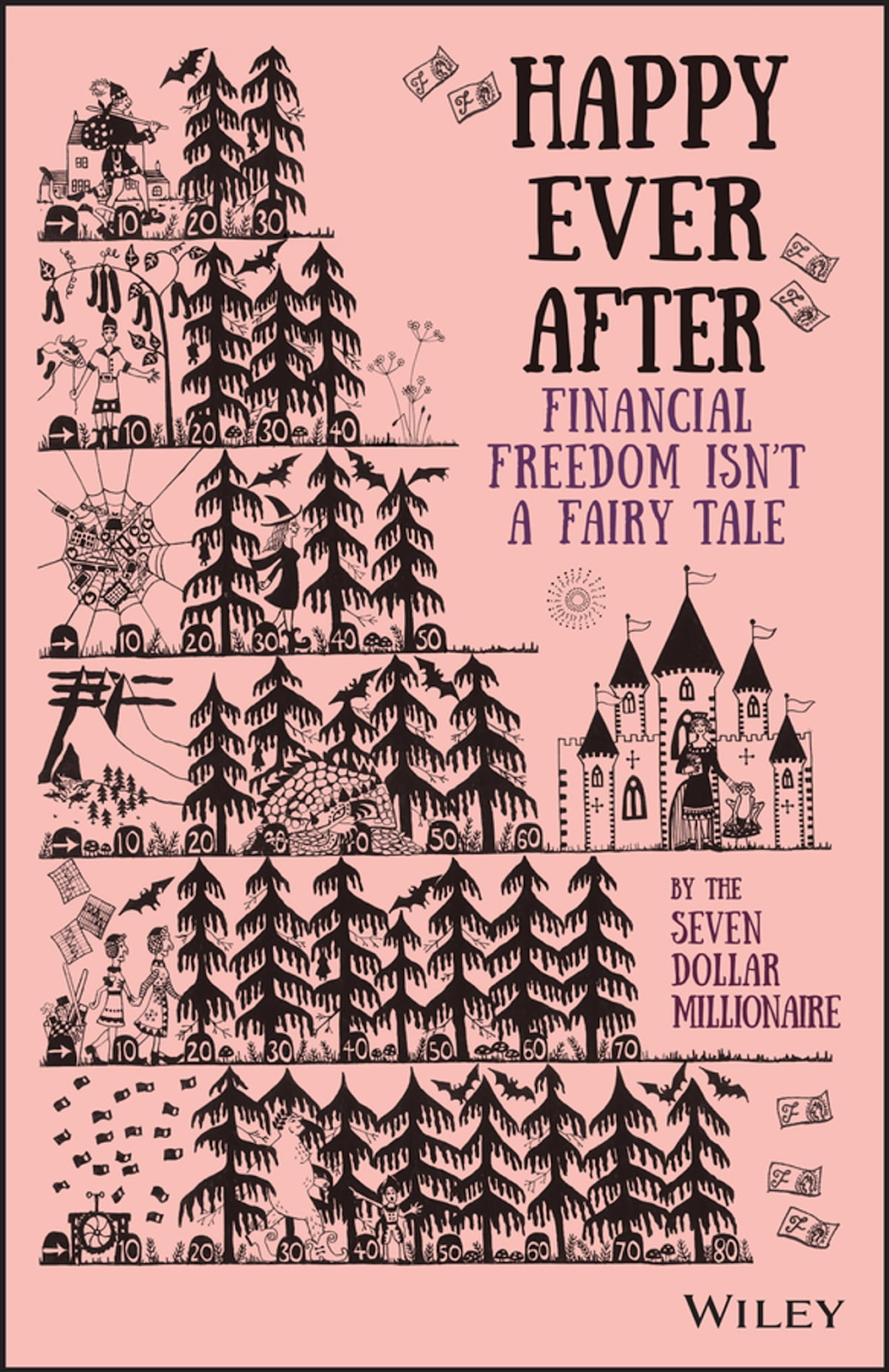There are some investment ideas that really enable some really out-of-the-box thinking in this book. My favourite idea is the Three-House Investment Plan.
When a geo-arbitrager settles in a foreign land, one useful rule of thumb is to ensure that rental payments are about a third of total expenses. So logically, after living in a new country for a while, you may wish to make a rent or buy decision in your adopted country.
If you actually like your new country and have made a decision to buy one home, why not buy three houses instead?
You live in your first home, so that takes care of the rent. Your two other homes can be rented to others at one-third of their expenses, so if you charge a fair rent, your own personal expenses can be met by rental payments from two houses.
Of course, the author does not take the pain of coming up with one actual example of employing this in a real country. There are tax laws to contend with and a subsequent home beyond the first may require a different set of calculations. This clearly rules out doing this stunt in Singapore thanks to low yields and ABSD.
But the author sets useful boundary conditions - where rental yields are 2% or below, just stick to renting, as houses will be too costly. This option should only be seriously considered where rental yields exceed 4%.
In my classes, my students can easily build tax-free portfolios that yield 5%, so Singaporeans can opt to keep their assets at home while renting in a foreign land. There is no pressure to actually buy three homes, but home ownership in a fast-growing economy can reap high capital gains in the right jurisdiction. You also have an advantage as real estate markets are highly inefficient and your area may be popular with other ex-pats.
Readers who managed to pull this stunt in Vietnam, Bali or Malaysia can share their personal experiences in the comments section below.

No comments:
Post a Comment